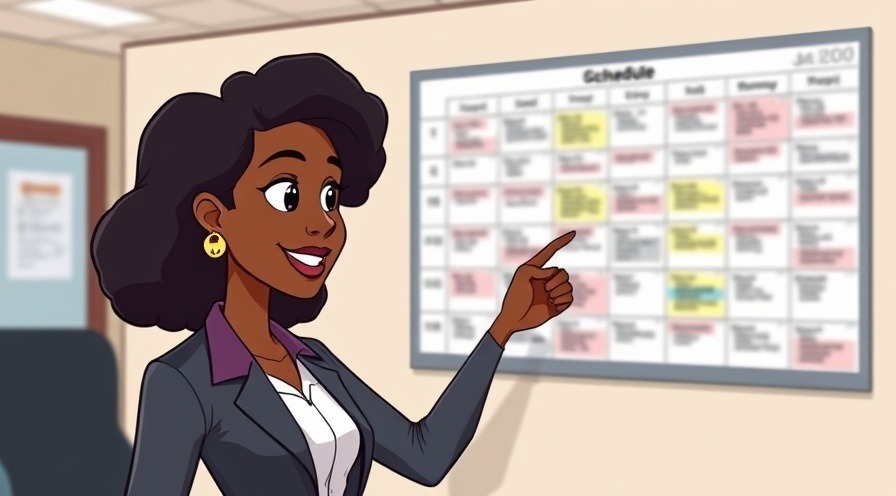
Gantt Charts, Milestones & Other Magical Things That Might Actually Save Your Project 🕒
Project Scheduling for the Chronically Late
#ProjectScheduling #CompTIAProjectPlus #GanttChartGoals #MilestoneMadness #ProjectManagementLife #LateButGreat #PK0005
.
TL;DR – If Time Is Money, Then Your Schedule Is Your Wallet
A solid project schedule = fewer surprises, delays, and angry 11 p.m. texts.
Project+ tests your knowledge of Gantt charts, dependencies, milestones, and scheduling tools.
Understanding the tools is half the battle—using them before the deadline panic is the other half.
⏰ Why Most Project Timelines Feel Like Fiction
Here’s how a project usually goes without a proper schedule:
Kickoff meeting: “We’ve got plenty of time!”
Midway point: “We might need to work some weekends.”
Final week: “We’ve entered the Upside Down.”
Let’s fix that.
📚 What You Actually Need to Know for Project+
You’ll get questions on scheduling techniques and tools including:
Milestones
Gantt charts
Dependencies (finish-to-start, etc.)
Float / slack
Critical path
Scheduling software
Let’s translate that from “textbook snoozefest” to “project-saving power tools.”

📅 Scheduling Tools You Actually Need (and How Not to Hate Them)
🪄 1. Gantt Charts: Time Travel for PMs
Imagine your project as a long parade of tasks.
Gantt charts are the colorful banners showing who marches when—and who can’t march until the elephant finishes.
They help with:
Visualizing timelines
Seeing task overlap
Spotting delays early
Impressing stakeholders who love charts
💡 Keep in Mind: Microsoft Project, Smartsheet, and even Google Sheets can handle Gantt charts.
🎯 2. Milestones: The Road Signs of Progress
Milestones aren’t tasks—they’re big fat checkmarks that say,
“Congrats! You made it halfway without total chaos.”
Example milestones:
“Prototype Complete”
“Client Approval Received”
“Phase 2 Begins”
They’re also great for sneaky celebration cupcakes.
🔗 3. Dependencies: The “You Can’t Sit Here” Rules of Scheduling
Not every task can start on its own.
Some need others to finish first. Enter dependencies:
Type |
Description |
Example |
|---|---|---|
Finish-to-Start (FS) |
A must finish before B starts |
Can’t test before coding is done |
Start-to-Start (SS) |
A and B start together |
Training and documentation |
Finish-to-Finish (FF) |
A and B finish together |
QA and Final Edits |
Start-to-Finish (SF) |
Rare. Like a unicorn. |
Usually in weird shift scheduling cases |
✅ You’ll be tested on these. Don't wait until you're actually managing chaos to learn them.

🧘 4. Float (Slack): The Schedule’s Breathing Room
Float = how much delay a task can handle without delaying the whole project.
If a task has zero float, it’s on the critical path—mess with it, and the whole schedule cries.
💡 Project+ Tip: Questions may ask,
"Which task can be delayed without affecting the project end date?"
That’s your float zone, friend.
🧵 5. Critical Path: The Red Wire of Your Project Bomb
The critical path is the longest sequence of tasks with no float.
If anything slips here, your project end date slips too.
Don’t cut the red wire unless you like watching timelines explode.
🧠 Real-World Example: The "Client Changed Their Mind" Scenario
Situation:
You planned the website layout in Week 1. In Week 5, the client says,
“Actually… can we add a second homepage?”
Cue ripple effects:
New design tasks
Extended testing
Delayed content entry
New approvals
A proper Gantt chart helps you:
✅ Visualize the impact
✅ Shift dependencies
✅ Recalculate milestones
✅ Update the critical path
A poor schedule? Just sets the stage for spontaneous crying.

🛠 How to Build a Schedule Without Losing It
Break down work into tasks (use a WBS—Work Breakdown Structure)
Estimate durations
Identify dependencies
Build the timeline
Add milestones
Calculate critical path and float
Assign resources and bake in buffer time
Share with humans who read emails
😬 What Project+ Might Throw at You
Sample Question:
A task has a float of 0 and lies on the critical path. What does this mean?
✔️ Answer: The task cannot be delayed without delaying the entire project.
Another Example:
What scheduling tool would best show task durations, dependencies, and overlap?
✔️ Answer: Gantt chart
🎭 Project Manager Role Play: Scheduling Edition
PM with no schedule: “We’ll figure it out as we go.”
PM with a Gantt chart: “We’ll finish by Tuesday. I’ve got receipts.”
🧩 Final Thought: Don’t Just Schedule—Strategize
Good scheduling isn’t rigid. It’s realistic.
It doesn’t just set deadlines—it buys you peace, trust, and enough buffer to handle the inevitable “Can we tweak one more thing?”
🔜 Next in the Series:
📦 “Project Budgeting”
 Add Row
Add Row  Add
Add 




Write A Comment